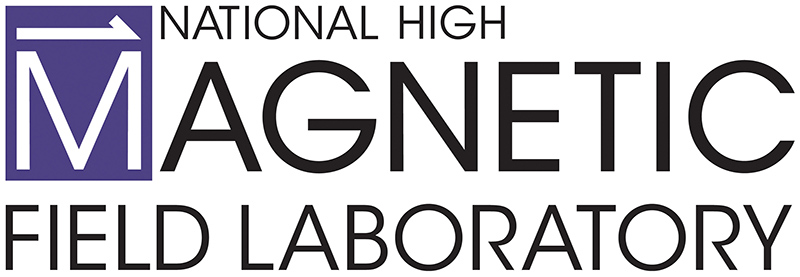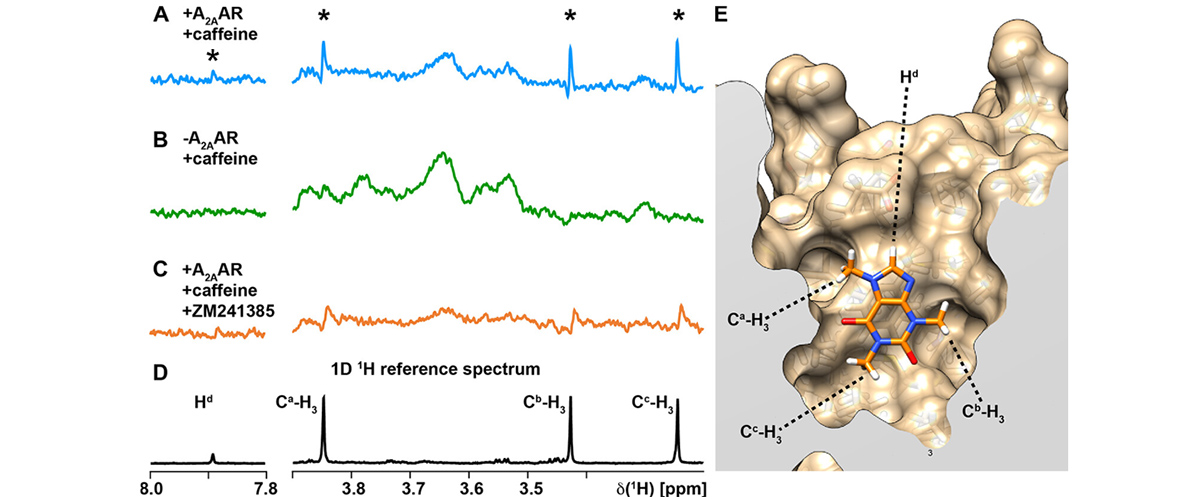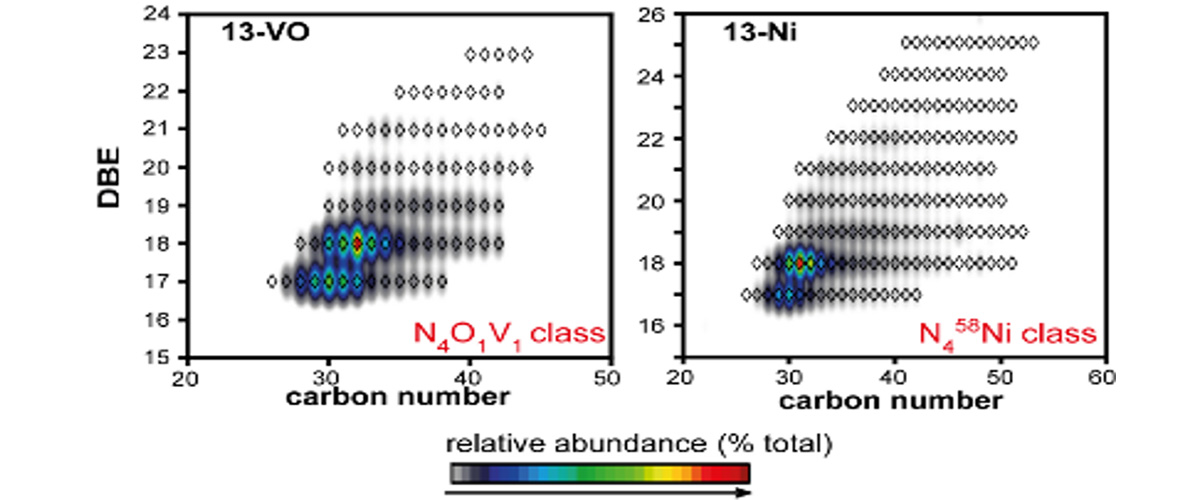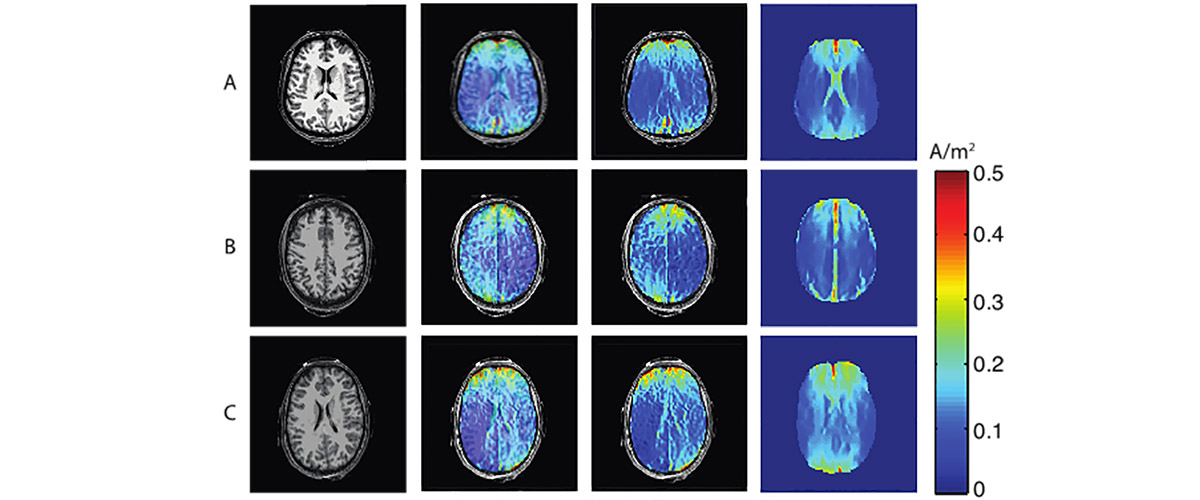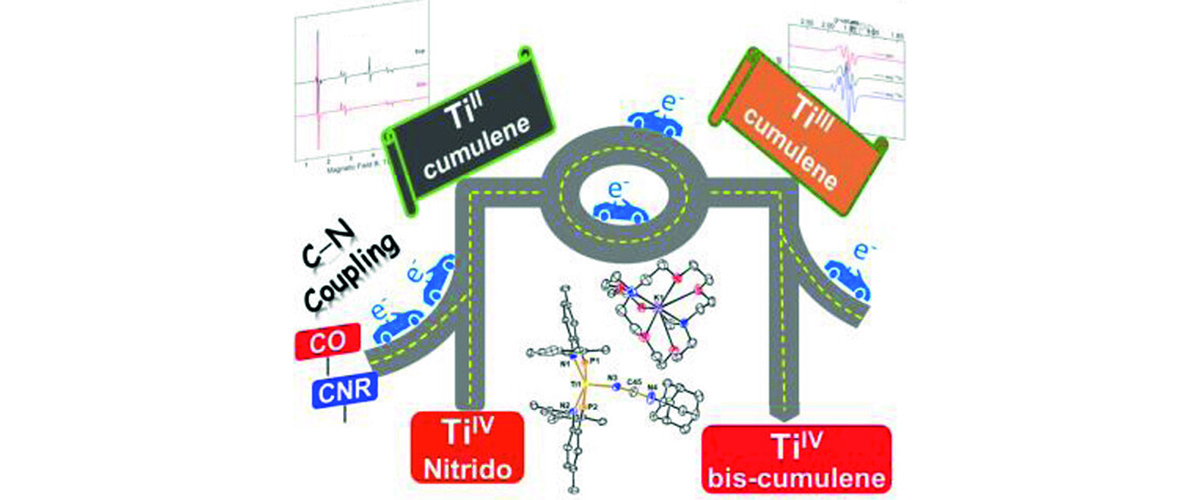What is the finding
Researchers developed a new way to test if a molecule binds to a protein, which helps in studying biology and developing new medicines. They first proved their method works using known molecules like caffeine and then applied their method to discovering new kinds of molecules that can potentially be further developed into better drugs.
Why is this important?
Most medicines work by attaching to proteins in the body. However, over 4,000 therapeutically-important proteins have no existing drug treatments. Finding molecules that bind to these proteins is crucial for developing new medicines, but traditional methods only work for certain types of molecules. Finding molecules that bind to these proteins is a key part of developing new medications, but conventional methods are limited to molecules that can easily be “labeled” with radioisotopes or fluorescent compounds. This new “label-free” technique allows scientists to study a much wider range of molecules, opening the door to discovering new drugs that were previously impossible to explore.
Who did the research?
Enzo Petracco1, Guillaume Ferré1, Ivo Kabelka2, Flavio Ballante2, Jens Carlsson2, Emma Mulry1, Arka P. Ray1, James Collins1, Florent Allais1, and Matthew T. Eddy1
1University of Florida; 2Uppsala University
Why did they need the MagLab?
NMR spectroscopy needs powerful magnets, like those at the MagLab, to work. This study also used a new, special technique called High Resolution Magic Angle Spinning (HRMAS), a technique that yields much higher resolution spectra by spinning the sample inside the magnetic field at a specific angle and frequency using specially-designed equipment that is not commonly available at NMR facilities outside of the MagLab.
Details for scientists
- View or download the expert-level Science Highlight, Development of an In Situ G Protein-Coupled Receptor Fragment Molecule Screening Approach with High-Resolution Magic Angle Spinning Nuclear Magnetic Resonance
- Read the full-length publication, Development of an In Situ G Protein-Coupled Receptor Fragment Molecule Screening Approach with High-Resolution Magic Angle Spinning Nuclear Magnetic Resonance, in ACS Chemical Biology
Funding
This research was funded by the following grants: K. M. Amm (NSF DMR-2128556); M.T.E. (NIH R35 GM138291); J.C. (Swedish Research Council 2021-04186 and 2021-03464; Olle Engvists 2910154)
For more information, contact Joanna Long.
